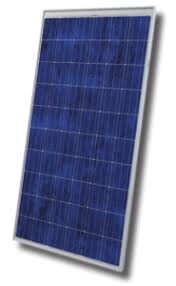It’s been a while since my last post and I have been reflecting a lot on the direction of SolarUnplugged. I originally set out to start a resource for the homeowner to learn the ins and outs of solar and be more informed. I have spent too many years in solar as a professional and have seen too many undesirable things happen. After a recent chat with a colleague of mine and the decline of incentives, it became clear that I need to re-engage in this pursuit and put more time in it as well.
With all the changes going on in the industry with tariffs and tax credits, it would s eem that solar is doomed. Well, at least that is what most people would want us to think. Sure, the incentives were great things. They drove down the cost of solar and made it more affordable for everyone. But those same incentives did something else- they brought more greed and bad practices as well. I hate to say that, but it’s true. The incentives drove a lot of companies to enter the arena who weren’t necessarily the best companies. And then the market became quickly saturated and quality went out the window.
When the incentives came, people left the realm of energy conservation and went to the highest maximum array they could put on their house. Please don’t get me wrong, it was a strategy that worked for the moment. But in the long term, I am not here to teach that methodology. My goal is to show you how to optimize your house and save as much energy and money as possible first. Then, I can show you how to design your solar array to match your new needs. Trust me when I say, there are ways to make all of this more affordable without the incentives. It just takes a little bit more time. But the result is you being more sustainable and freer.
So why am I sharing all of this in a blog post, because I think the change is a good thing in the long run. It will shake out a lot of unscrupulous companies and already has. The change will also force the industry to re-employ best practices to be competitive once again. Sometimes, incentives can cause some real negative side effects as well.
With all that said, my next blog posts are going to start really drilling down into proper system design and practices. I plan on sharing the processes I use to develop and design the correct system size and types for my clients. Issue like shading strategies, energy consumption/usage, site analysis and much more will be covered. There are so many ways in which you can really optimize a system that just isn’t discussed anymore. I also plan on speckling in some overall sustainability strategies as well.







